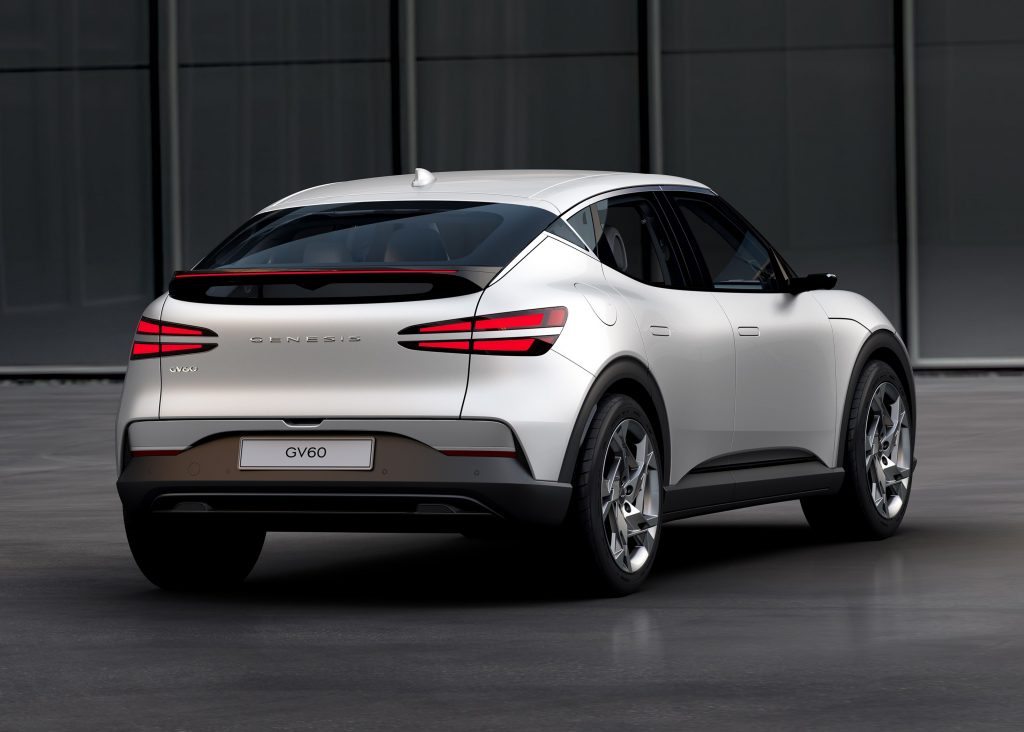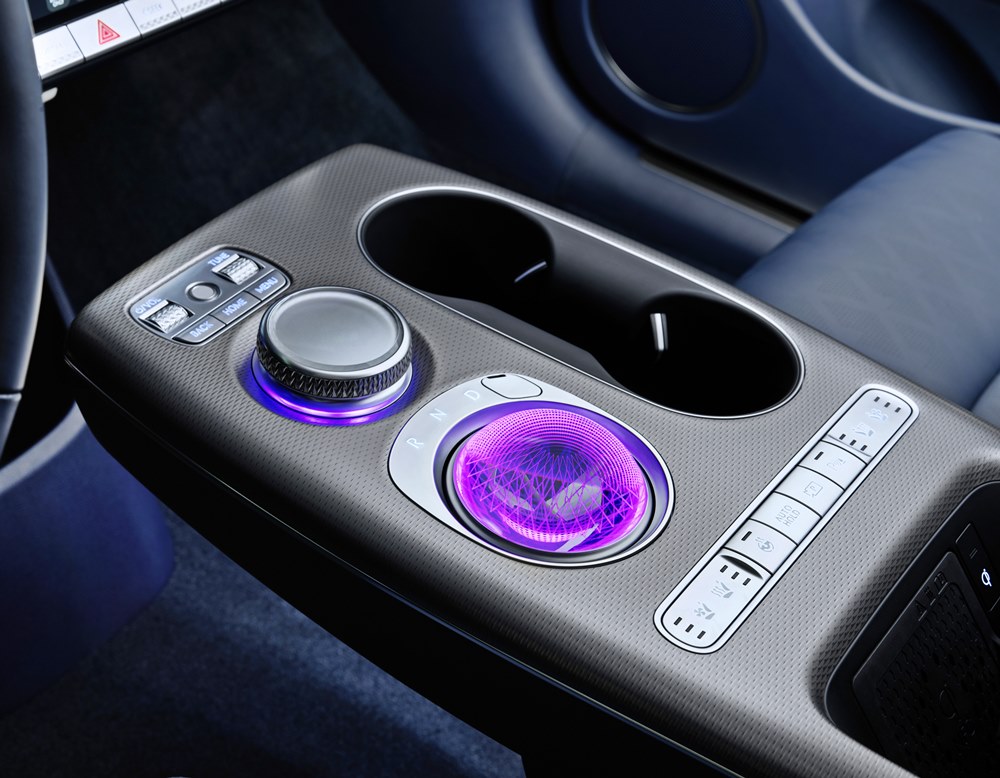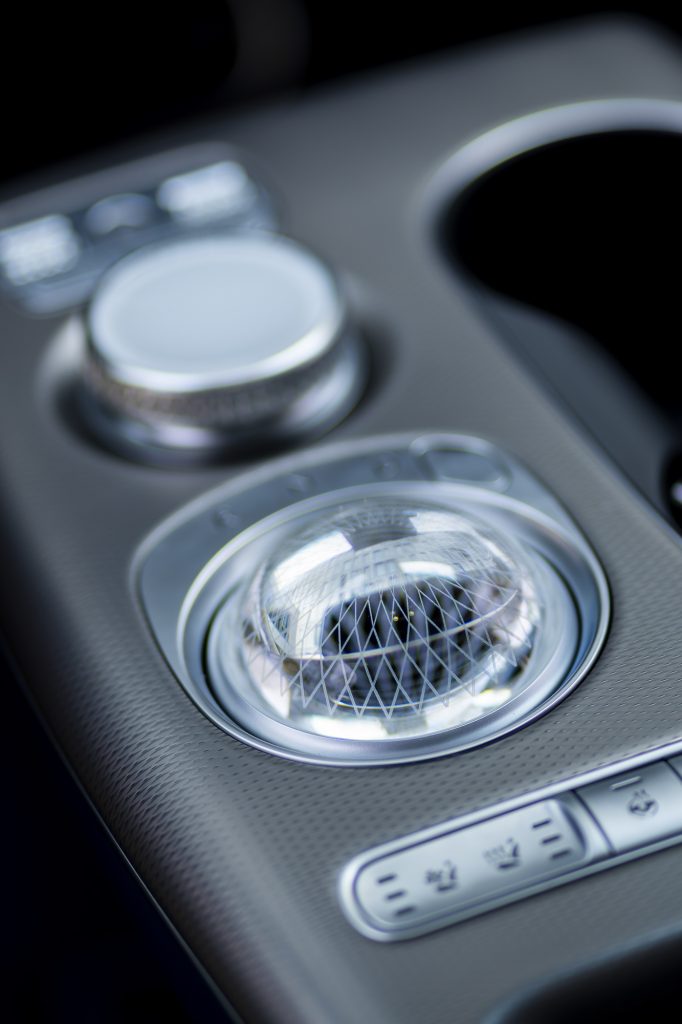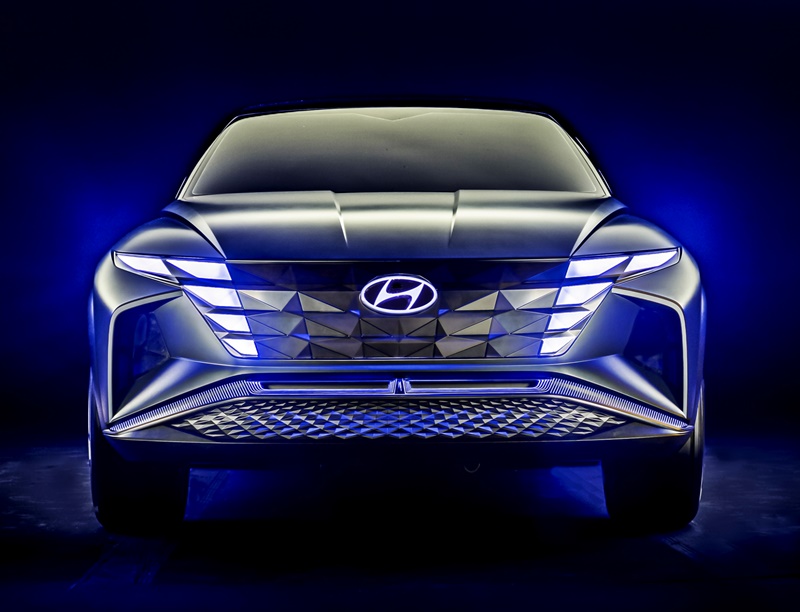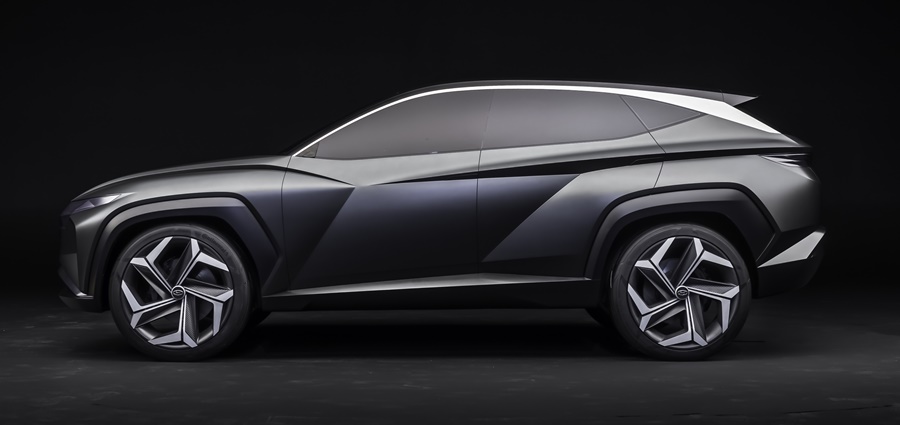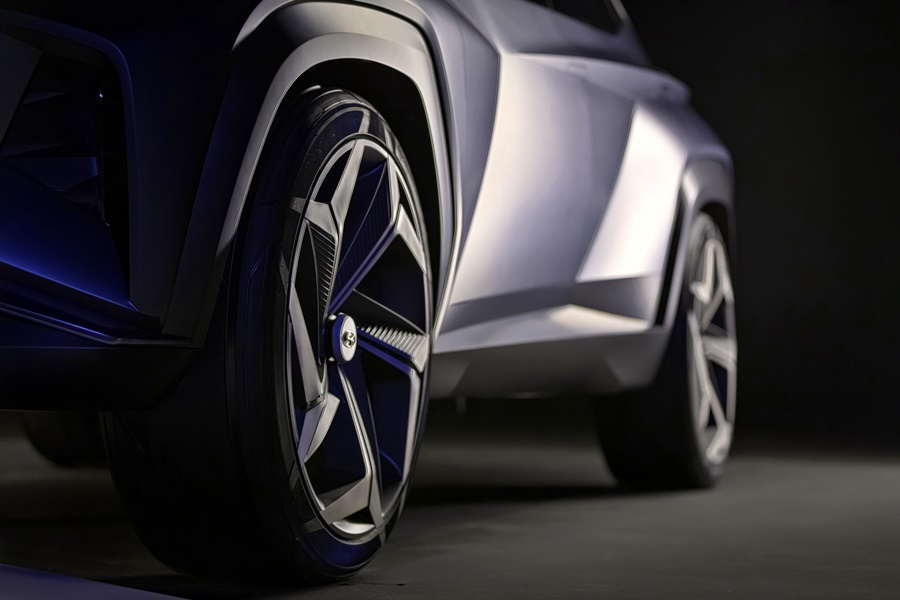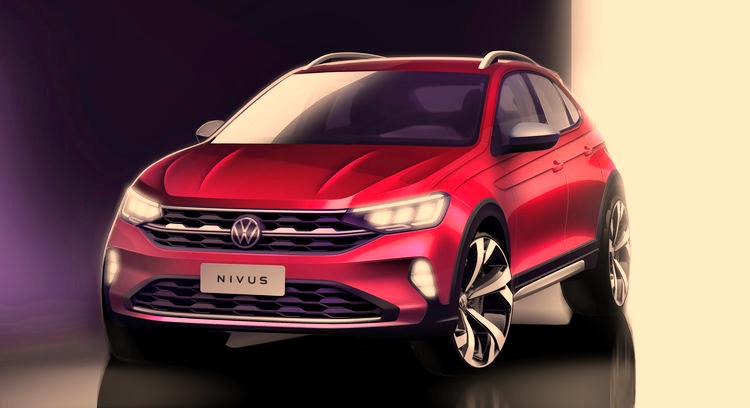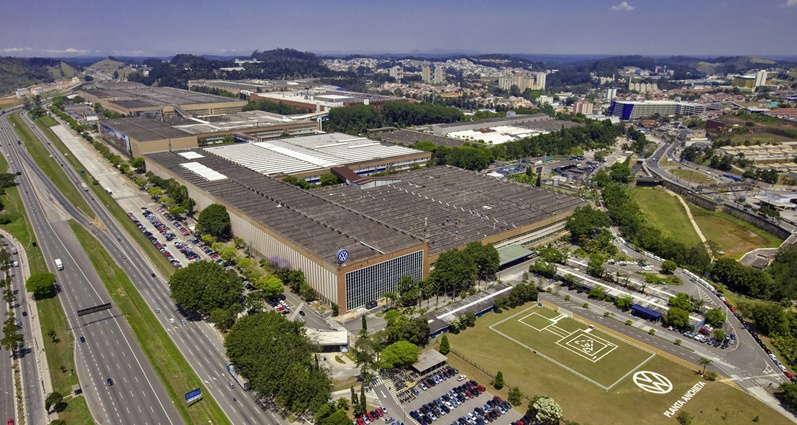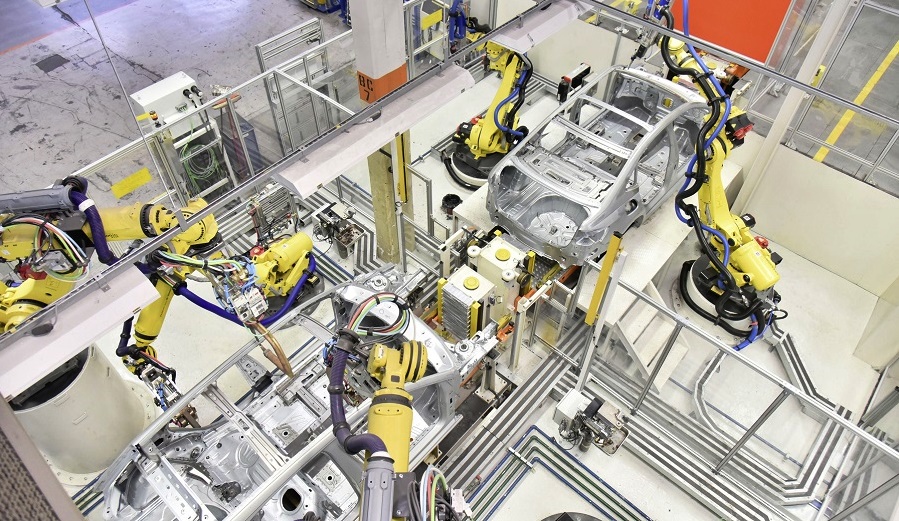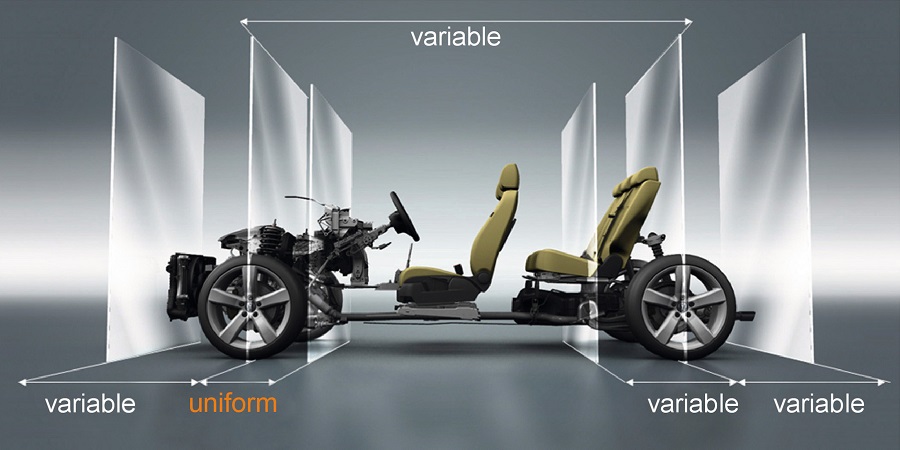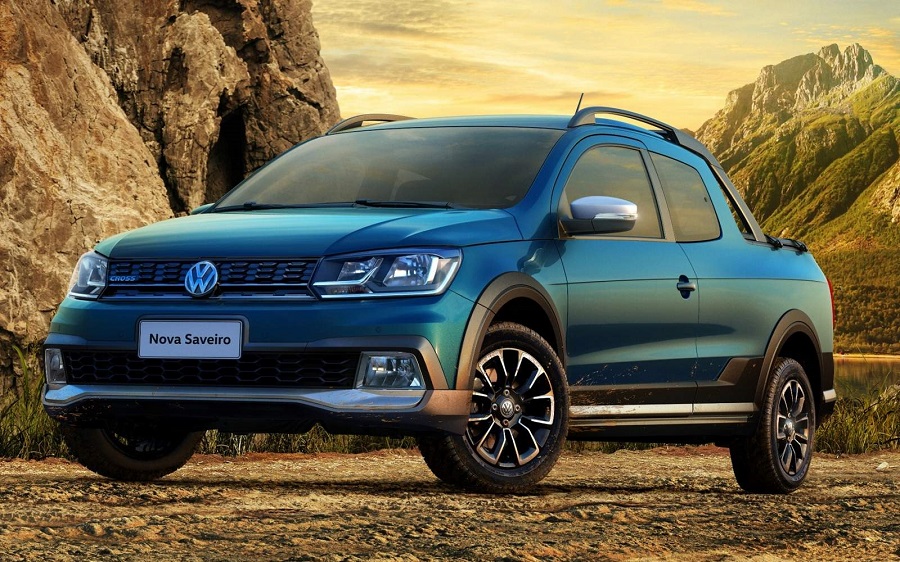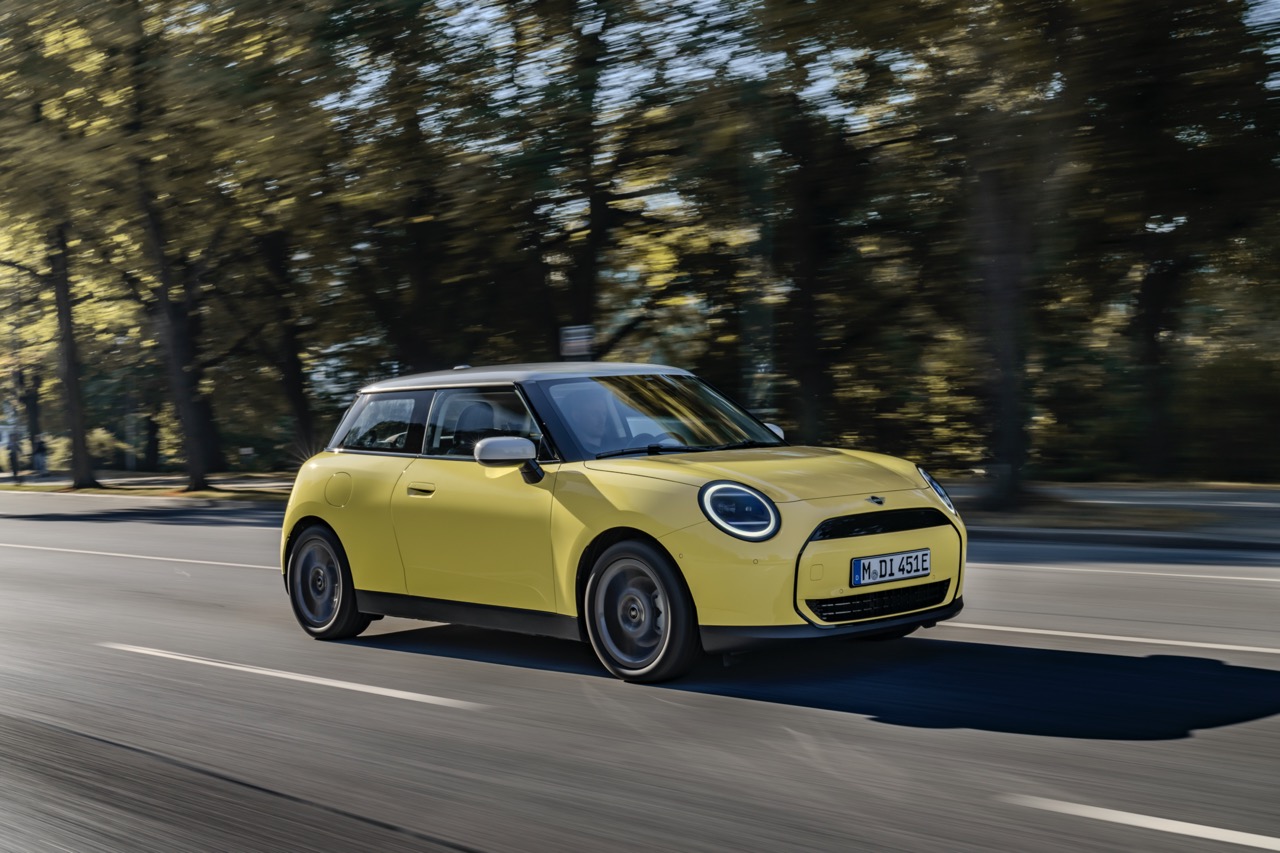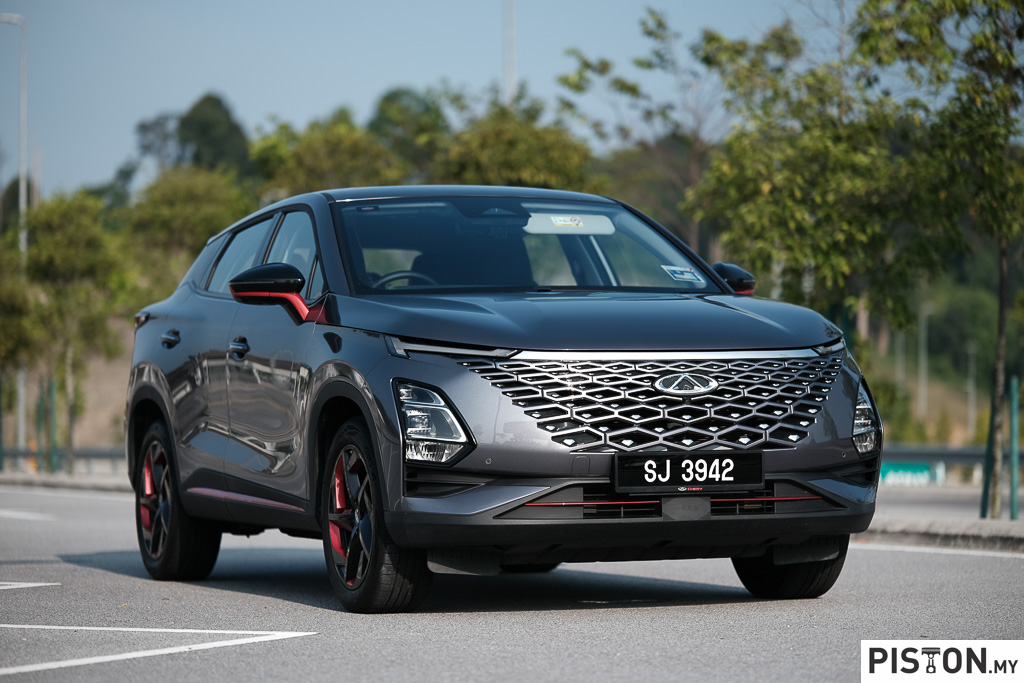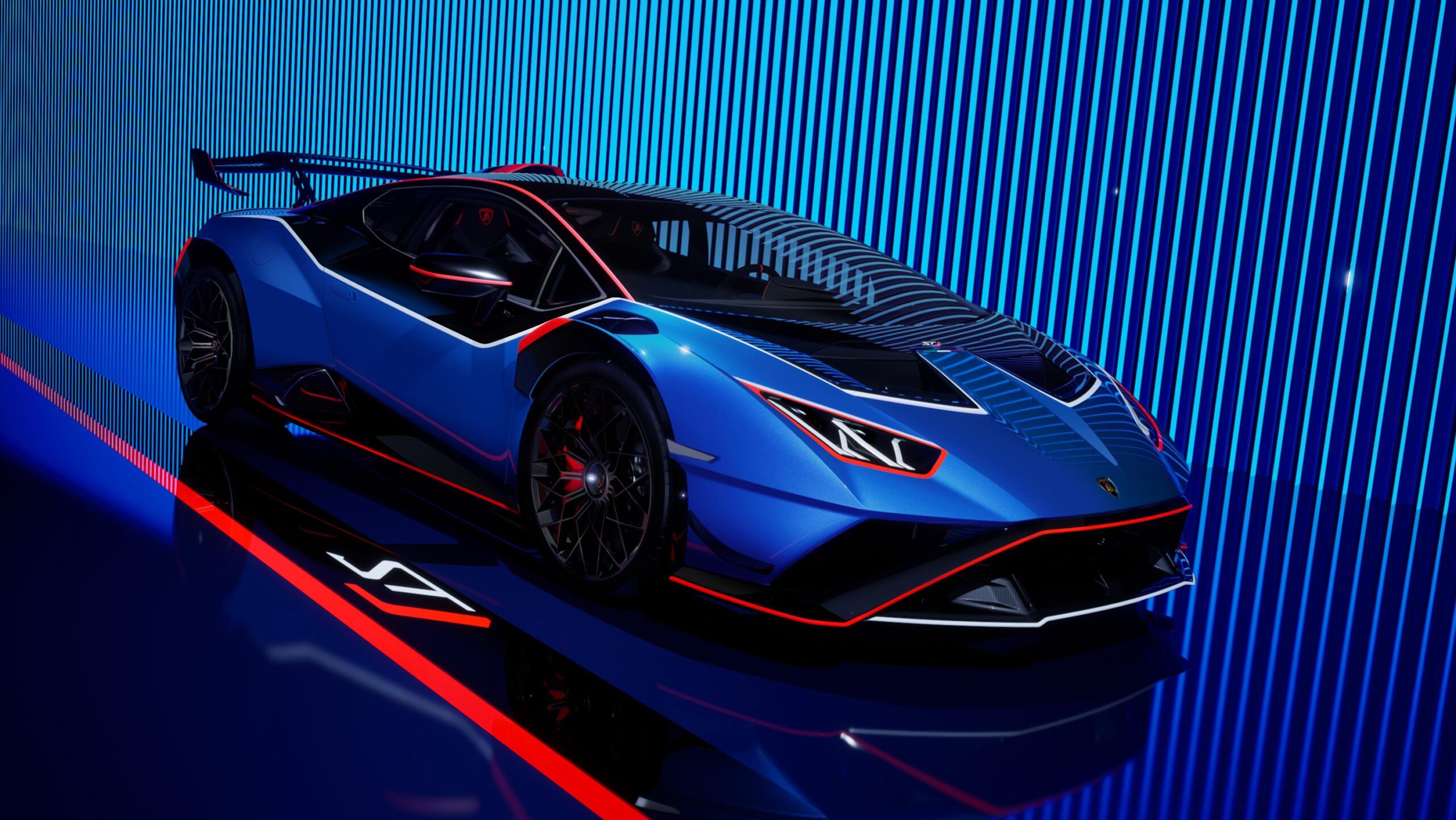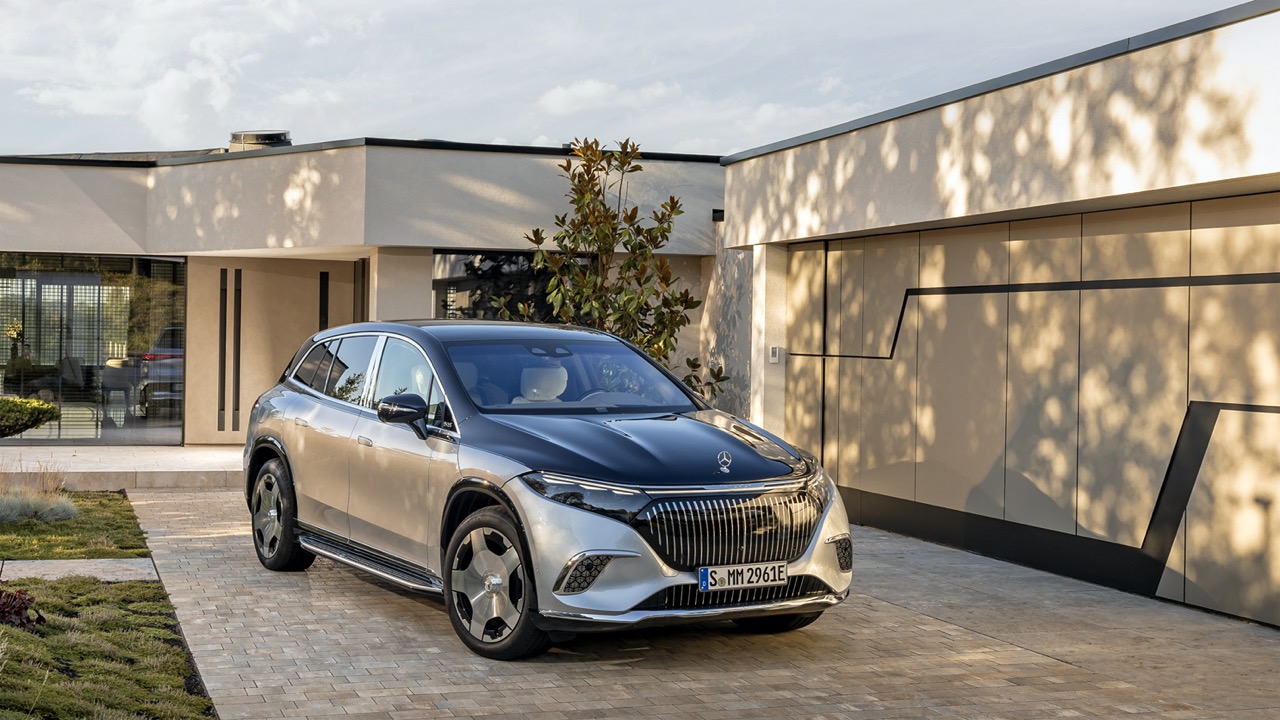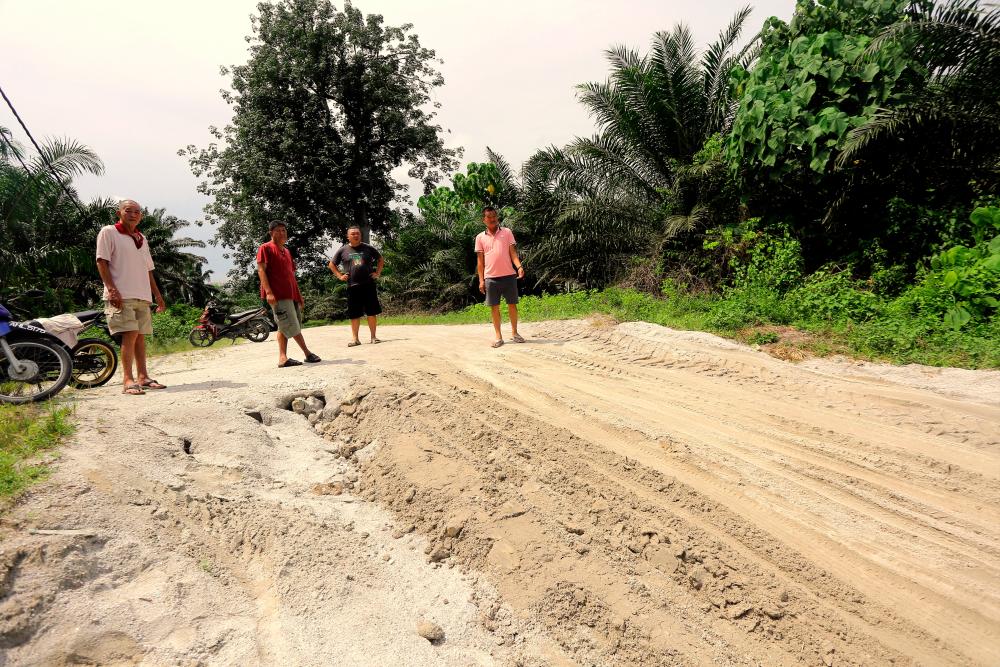
There are various ways of expressing luxury in a car and designers are always looking for new ideas. The design team at Genesis has come up with something unique which is a standout features in the brand’s first battery electric model – the GV60.
Known as the Crystal Sphere, it represents a striking interior focal point for GV60 and an emotional connection between the driver and the vehicle. Beautifully crafted, the Crystal Sphere embodies Genesis’ approach to design, luxury and ergonomics. It is adapted from a feature first seen in the Genesis X concept car.
Located in the floating centre console, the sphere appears as a sparkling, jewel-like object placed within the spacious and balanced cockpit which is inspired by the ‘Beauty of White Space’ philosophy of traditional Korean architecture.
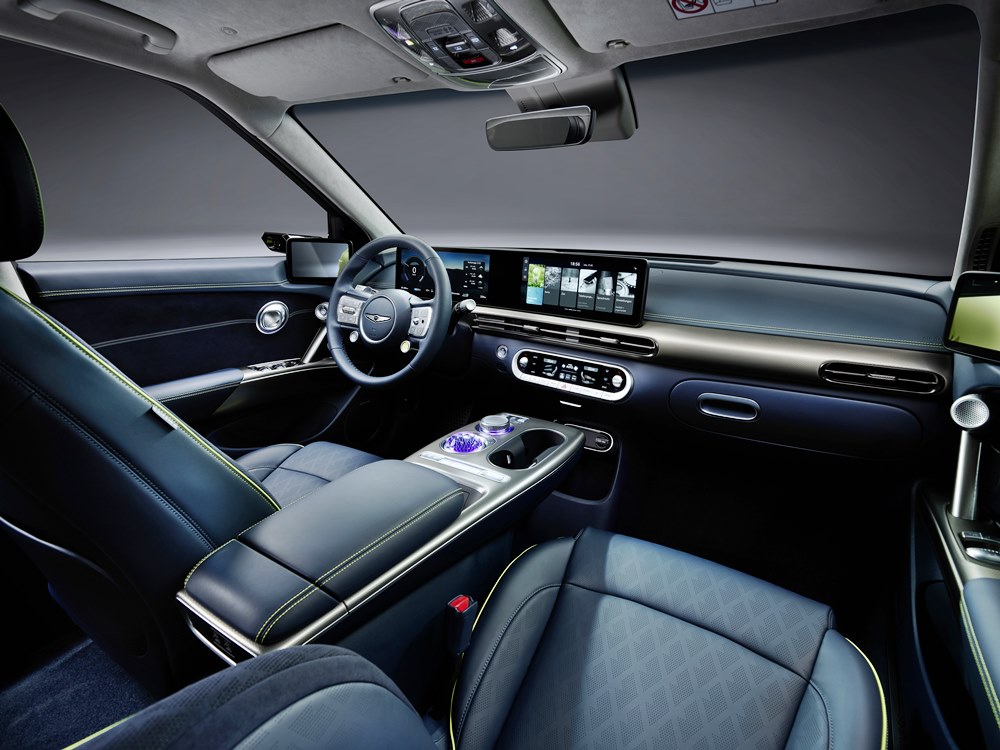
“As the GV60 is an electric vehicle, it is naturally extremely quiet, making it a challenge to alert the driver that the car is ready to drive. Our engineering and design teams collaborated closely to create this unique and captivating way for the driver to engage with the vehicle through the Crystal Sphere. Combining form with function, Crystal Sphere embodies Genesis’ commitment to offer unrivalled technology, premium design and driver appeal,” said Luc Donckerwolke, Chief Creative Officer at Genesis.
Form and function
When the GV60’s electrical systems are turned off, the Crystal Sphere becomes part of the vehicle’s ambient cabin lighting, delivering a calming glow to the cabin when the car doors are opened to welcome its occupants.
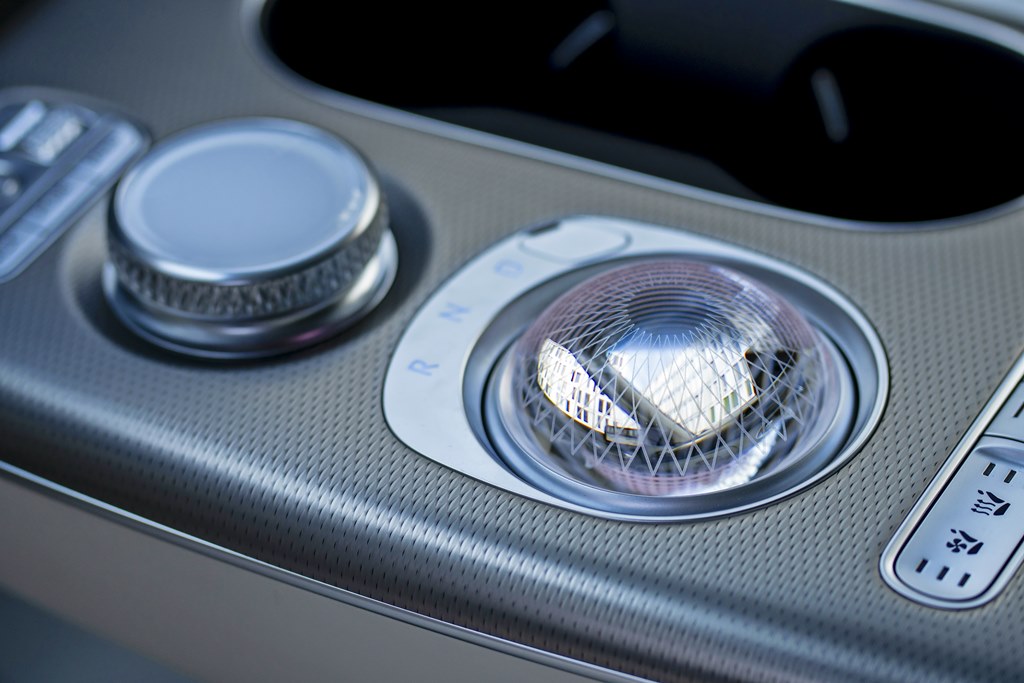
When the driver pushes the engine start button, the sphere rotates through 180˚ to reveal the metal finish Shift-By-Wire controller, creating a compelling atmosphere of futuristic mobility. By turning the transmission dial that is knurled for optimum grip, the driver is able to select the desired gear, receiving haptic feedback that confirms a gear has been engaged, including a subtle vibration when requesting a direction change, such as when shifting from drive to reverse.
Practicality and safety
The Crystal Sphere also acts as a safety feature, which is important for an electric car that is very as silent. Typically, the only indication of the car’s current state are the icons on the instrument cluster. When charging, the Crystal Sphere is not able to be rotated into driving mode, while it glows red as a warning when reverse is selected.
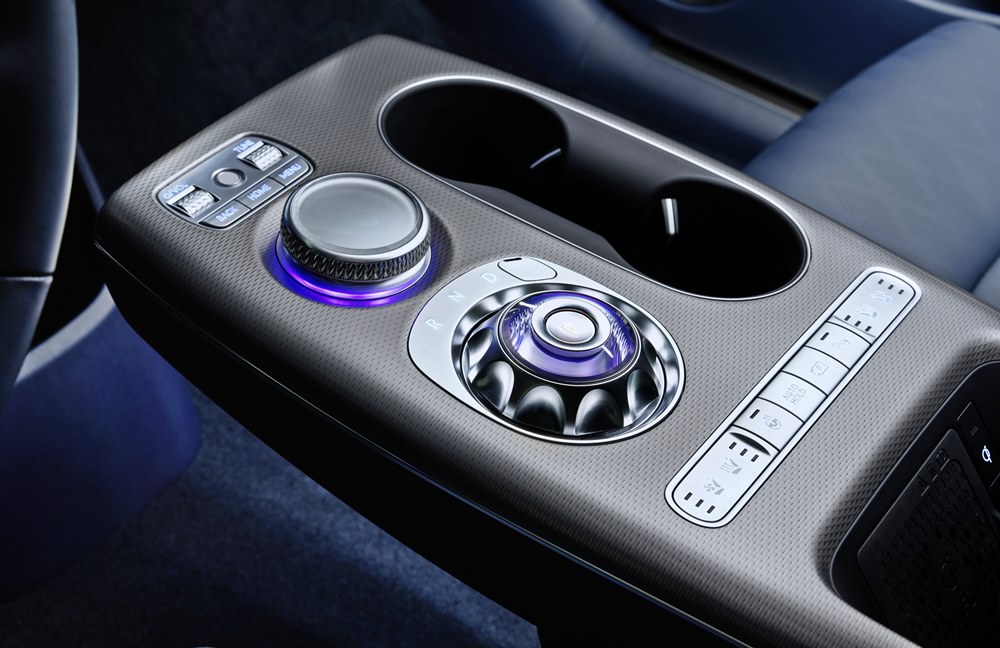
Featuring a real glass finish, Crystal Sphere has been laser-engraved on the inside with an elegantly delicate interpretation of the Genesis G-Matrix design signature. Created after numerous sampling and modifications, this optimized pattern is further highlighted by the soft backlit illumination.
Yet with its role in controlling the transmission, the Crystal Sphere is much more than a bold decorative element. As a result, Genesis engineers have made durability and ease-of-use a priority. Everything from the motor output to the materials used and specifications of the wiring was thoroughly evaluated through cycle testing in high and low-temperature environments, as well as being engineered to withstand heavy loads.
As a unique centrepiece, the Crystal Sphere will be included as standard across all versions of the GV60 range. Now on sale in Europe, the GV60 is priced from £47,005 (around RM255,000).
First Genesis BEV
The GV60 is Genesis’ first vehicle to be built on the dedicated Electric-Global Modular Platform (E-GMP) of the Hyundai Motor Group. It is available with rear-wheel drive model, all-wheel drive, and a performance model with all-wheel-drive. Each model features a 77.4-kWh battery pack, and the RWD model has a claimed maximum driving range of 451 kms per charge.
The RWD model’s motor output is 168 kW/350Nm, while the AWD model has a 160 kW motor for its rear wheels and a 74 kW motor for the front wheels, providing a total output of 234 kW with a maximum of 605 Nm.
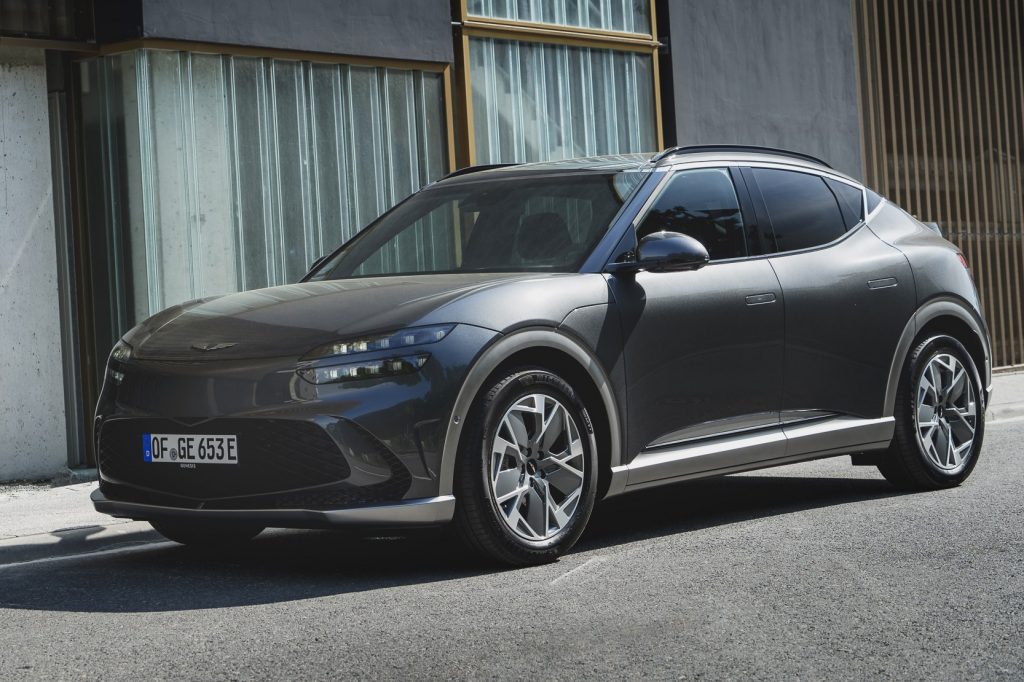
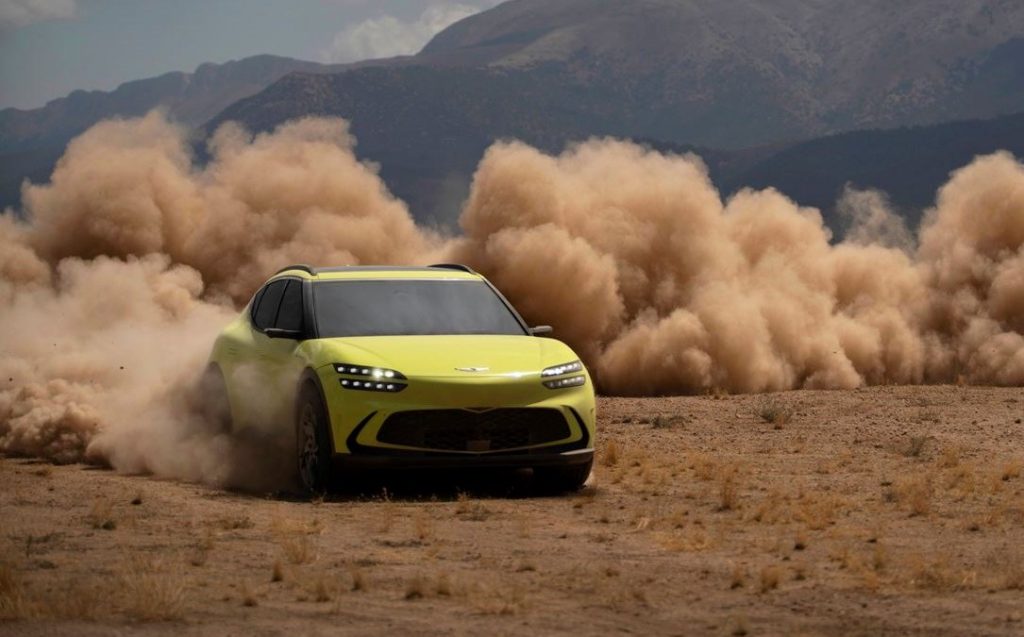
The performance model has two 160 kW motors for the front and rear wheels, delivering a total output of 320 kW, maximum torque of 605 Nm, but the claimed maximum driving range is 368 kms on a fully charged battery pack.
A Boost Mode, activated by a button on the steering wheel, can increase straightline performance for 10 seconds. This will enable the vehicle to go from 0 to 100 km/h in a claimed 4 seconds.
